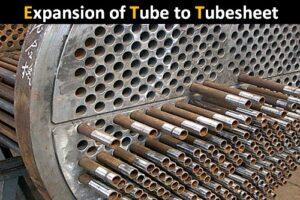
Non-destructive testing (NDT) is a testing and analysis technique used by industry to evaluate the properties of a material, component, structure, or system for characteristic differences or welding defects and discontinuities without causing damage to the original part. NDT is also known as non-destructive examination (NDE), non-destructive inspection (NDI), and Non-destructive evaluation (NDE).
As we know, non-destructive testing can generally be split into two areas: surface techniques and sub-surface techniques. These techniques are then categorized into various testing methods such as visual testing, liquid penetrant testing, acoustic emission testing, leak testing, radiography, ultrasonic testing, magnetic particle testing, eddy-current testing, vibration analysis, thermal/infrared testing, and laser testing.
Let’s have a look at the points which differentiate them from each other.
| Visual Testing | VT | Oldest forms of testing | Can check for damage including cracks, corrosion, and misalignment |
| Liquid Penetrant Testing | PT | Flexible technique used in the aviation industry | Can detect surface defects and structural damage in non-porous materials |
| Acoustic Emission Testing | AE | An abrupt force is used | Leaks and active corrosion can be detected |
| Leak Testing | LT | Involves pressurizing & immersing the test object in a liquid | detects gas (usually air) leaking from the test piece in the form of bubbles. |
| Radiographic Testing | RT | can use both x-rays for thin materials and gamma rays for thicker materials | To show discontinuities in the testing object |
| Ultrasonic Testing | UT | uses high-frequency sound waves to locate defects | conduct examinations and measurements on a test area |
| Magnetic Particle Testing | MT | involves inducing a magnetic field in the test object | find discontinuities at or near the surface of ferromagnetic materials |
| Eddy-current Testing | ECT | induces an electromagnetic field in a conductive test object | measures the secondary magnetic field generated around the electric current |
| Vibration Analysis | VA | used to monitor the vibration signatures generated by a rotating piece of machinery | – |
| Thermal/Infrared Testing | IRT | mapping the surface temperatures of an object | used to detect damage such as corrosion, delamination, voids, and disbonds |
| Laser Testing Methods | LMT | Useful in detecting tiny flaws | use laser light in different ways to detect deformation on the surface of objects and computer processing to compare stressed and unstressed conditions |



